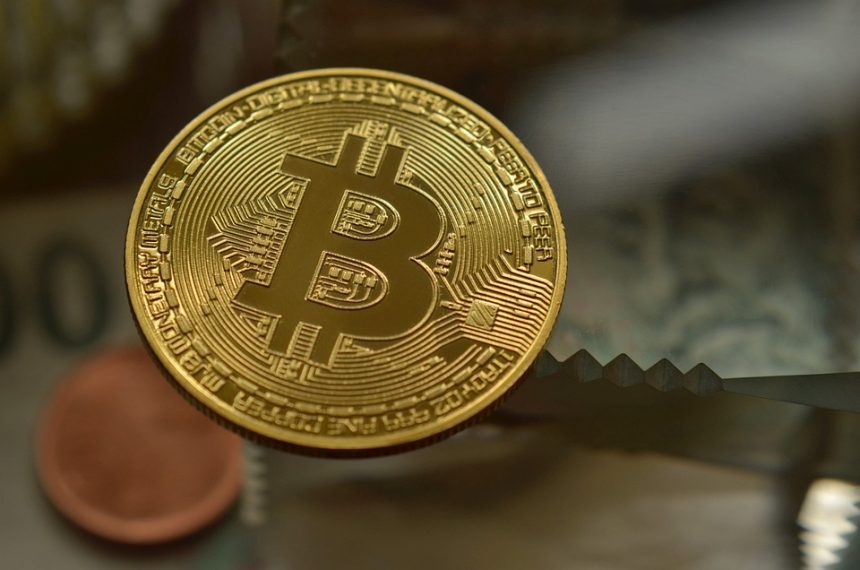The financial landscape is undergoing a profound transformation with the rise of Decentralized Finance (DeFi). By removing intermediaries and enabling peer-to-peer transactions on blockchain networks, DeFi promises increased transparency, lower costs, and the democratization of financial services. However, this new paradigm comes with its own set of challenges, particularly regarding security. As users flock to DeFi platforms to enjoy the benefits of decentralized finance, it is imperative to understand the associated security risks and strategies to safeguard assets.
Understanding DeFi Security Risks
Smart Contract Vulnerabilities
One of the core technologies underpinning DeFi is smart contracts—self-executing contracts with the terms of the agreement directly written into code. However, smart contracts are not infallible and can contain vulnerabilities that malicious actors can exploit. Issues such as reentrancy attacks, integer overflows, and improper access control can lead to significant losses. The infamous DAO hack in 2016, where around $60 million worth of Ether was stolen, highlighted the need for thorough auditing and testing before deploying smart contracts.
Market Manipulation
Price manipulation is another security challenge in the DeFi space, often facilitated by low liquidity and an abundance of trading pairs. Bad actors might exploit this by employing tactics such as “pump and dump” schemes or Oracle manipulation to induce false price signals, creating opportunities for profit at the expense of unsuspecting users.
Rug Pulls and Exit Scams
Rug pulls—where the developers abandon a project after attracting substantial investment—have become a notorious risk in the DeFi ecosystem. Unscrupulous developers launch tokens, promote them extensively, and then withdraw liquidity from decentralized exchanges (DEXs), leaving investors with worthless assets. Investors must conduct thorough due diligence before participating in any new DeFi projects to mitigate these risks.
User Error and Phishing Attacks
The decentralized nature of DeFi puts the onus of security on individual users. This shift can lead to user errors, such as accidentally sending funds to the wrong address or falling victim to phishing scams. DeFi platforms often lack the customer support systems present in traditional finance, leaving users vulnerable to irreversible mistakes.
Regulatory Uncertainty
The regulatory landscape surrounding DeFi is still developing. Uncertainty in regulations can lead to abrupt changes in the availability of services, forcing users into fragile situations. Regulatory bodies around the world are increasingly scrutinizing DeFi projects, which could lead to unforeseen consequences for users and investors.
Strategies for Safeguarding Assets in DeFi
To navigate the security challenges inherent in DeFi, users should adopt a proactive approach to safeguarding their assets. Here are some strategies:
Conduct Thorough Research
Before engaging with any DeFi project, conduct comprehensive research. Check the team’s background, project whitepapers, community feedback, and whether the codebase has undergone audits by reputable security firms. Resources like GitHub and various DeFi analytics platforms can provide valuable insight.
Use Audited Protocols
Opt for DeFi platforms and protocols that have undergone independent security audits. Auditors evaluate the integrity and security of the smart contracts, identifying vulnerabilities that could potentially be exploited. While audits do not guarantee absolute security, they significantly reduce risk.
Employ Hardware Wallets
Rather than keeping assets on exchanges or web-based wallets, employ hardware wallets for greater security. These physical devices store private keys offline, making them less susceptible to hacks and phishing attempts.
Diversify Investments
Avoid putting all assets into a single DeFi project or token. Diversifying your investments across different platforms can mitigate the risk of single points of failure, providing a buffer against potential losses from a single project’s collapse.
Enable Security Features
Take advantage of security features provided by DeFi platforms. Many offer two-factor authentication (2FA), withdrawal whitelists, and other protective measures that add layers of security. Activate these features where available to bolster your defenses against unauthorized access.
Stay Informed About Market Trends
The DeFi landscape is constantly evolving. Regularly updating your knowledge about new projects, emerging threats, and regulatory changes is crucial. Joining online communities and following thought leaders in the DeFi space can provide valuable and timely information.
Understanding the Risks of Yield Farming and Liquidity Mining
Yield farming and liquidity mining can offer attractive returns, but they also come with high risk. Understand the smart contracts and protocols involved, and be wary of projects that promise excessively high yields with little explanation of associated risks.
Conclusion
As DeFi continues to gain traction, the importance of risk awareness cannot be overstated. By understanding the inherent security challenges and adopting proactive strategies to safeguard assets, users can mitigate risks while reaping the benefits of this innovative financial ecosystem. Ultimately, the future of finance is decentralized, and with the right precautions, participants can protect their investments in a rapidly changing landscape.





